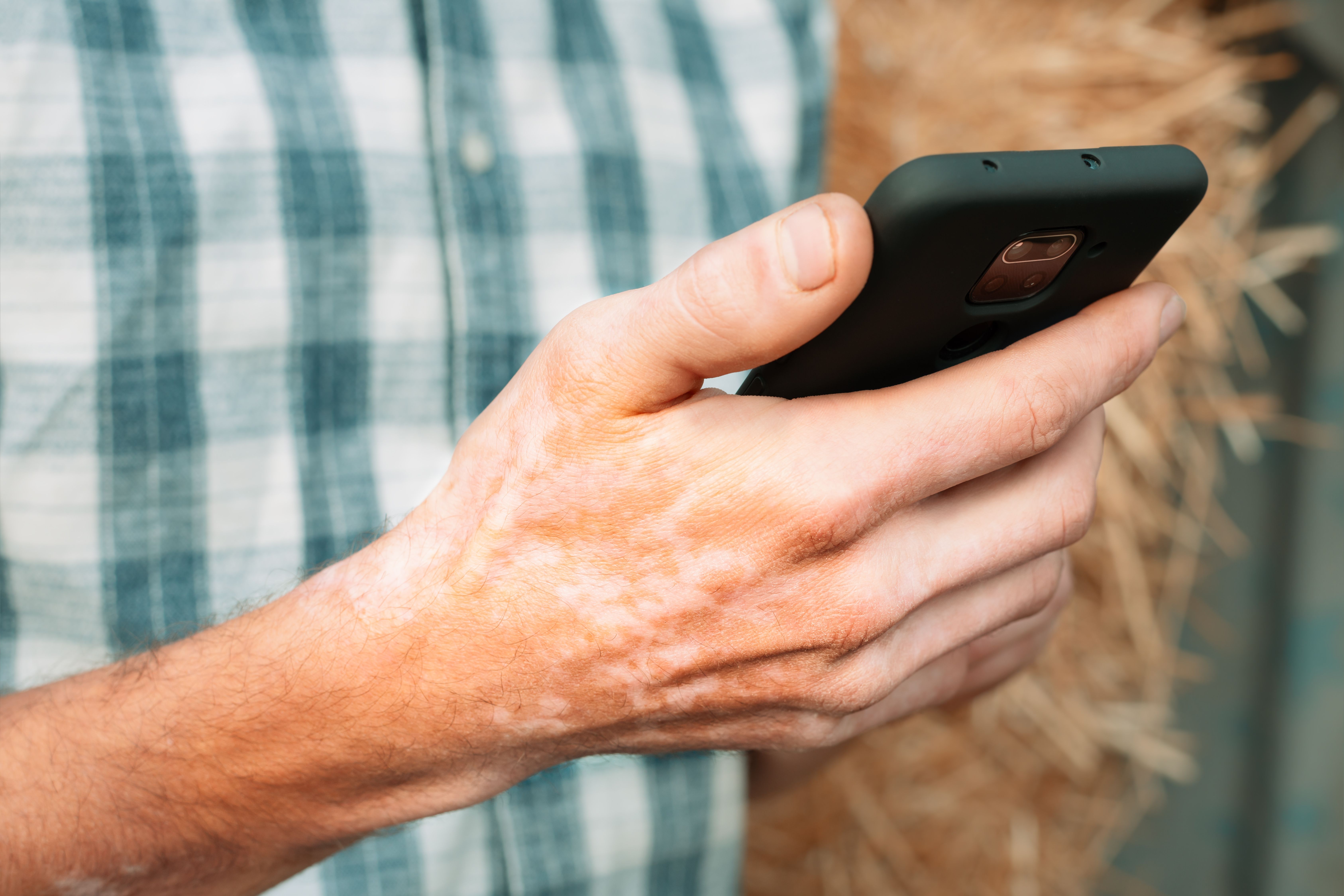- Case-Based Roundtable
- General Dermatology
- Eczema
- Chronic Hand Eczema
- Alopecia
- Aesthetics
- Vitiligo
- COVID-19
- Actinic Keratosis
- Precision Medicine and Biologics
- Rare Disease
- Wound Care
- Rosacea
- Psoriasis
- Psoriatic Arthritis
- Atopic Dermatitis
- Melasma
- NP and PA
- Skin Cancer
- Hidradenitis Suppurativa
- Drug Watch
- Pigmentary Disorders
- Acne
- Pediatric Dermatology
- Practice Management
- Prurigo Nodularis
- Buy-and-Bill
Article
Be aware, be prepared
New Orleans - A disaster of Hurricane Katrina's proportions could strike virtually anyone anywhere, say dermatologists still struggling with the aftermath of the storm that ravaged this city in August 2005.

With wisdom learned from a year of hardship, they advise colleagues elsewhere to do two things: Keep their professional options open and keep their savings healthy.
While many New Orleans area dermatologists' practices are "back up and running," reports Erin Boh, M.D., professor and chief of dermatology at Tulane Medical School, doctors continue to deal with "the new normal" in a city that lost many hospitals and healthcare practitioners.

"We only lost four or five dermatologists," says Mary Lupo, M.D., a New Orleans-based private practitioner and clinical professor of dermatology at Tulane. However, she says, "Our greatest loss is among Mohs surgeons," of which only one (of four pre-Katrina) remained in the city at press time.
"The major change in my practice is that people can get in to see me more quickly," Dr. Lupo reports. In a typical day, she says she sees eight to 10 new patients who previously couldn't get appointments.
Staffing problem
But for dermatology and healthcare in general, Dr. Boh says, "Our biggest problem is getting and holding on to staff. One needs one's staff to see patients, but the staff can't come because they need housing."
Tulane's dermatology residents returned in January, Dr. Boh says, while the rest of the school was scheduled to reopen in July. However, she says that thanks to the storm, "We've had to set up all new clinics."
Locations Tulane currently serves include Alexandria, La., and the Biloxi, Miss., VA Medical Center. Dr. Boh adds that Tulane residents run a once-weekly clinic at University Hospital, a part of New Orleans' Charity hospital system that is expected to reopen fully in August or September. Meanwhile, Louisiana State University dermatology residents serve two days weekly at University Hospital as their department continues to work from Dallas and New Orleans.
Because scheduling and rotations remain works in progress, "One must be fluid and flexible, because things change day to day," Dr. Boh says. "We think that everything's set, and the next day, it's all unset."
"Fifty percent of the physicians in the area have left," says Patricia K. Farris, M.D., a dermatologist whose private practice in Metairie, La., reopened in February. "So referral patterns have been disrupted both ways - people to whom we send patients, as well as people who send us patients."
However, Dr. Farris says, "The biggest concern today is, what does the future of the city really hold?" Vast areas remain unpopulated, while major decisions about rebuilding remain unanswered.
Lessons, worries
Dr. Boh says a key Katrina lesson is that "No matter how bad one thinks it is, it can always get worse." On the flip side, she says, "The most important lesson I've learned is, I can do anything."
The biggest concern for everyone in New Orleans now, Dr. Lupo says, is "The next time we have a bad storm, will we flood again?"





